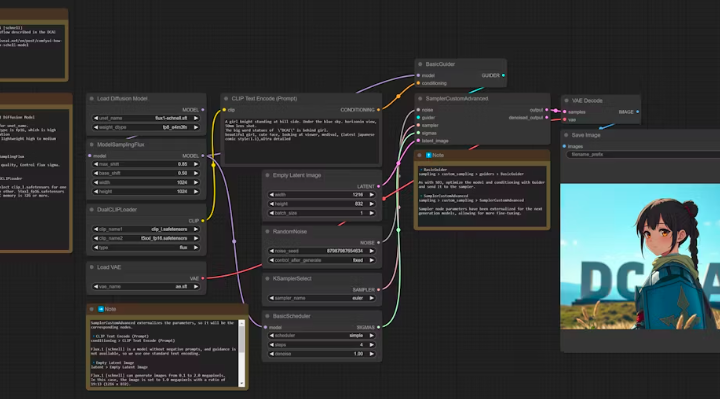We specialize in building and providing custom data-driven enterprise solutions using the latest technologies to address unique business challenges.
Germany, UAE, Pakistan
+92 302 9777 379

In this project, a Large Language Model (LLM) with a Text to Image Model (v3.1) is integrated to create an advanced image generation pipeline using ComfyUI. The primary goal was to enhance the capabilities of a text-based generative AI system by enabling it to produce high-quality images based on textual descriptions. This integration leverages the strengths of natural language processing and deep learning in computer vision to produce visually appealing and contextually accurate images from text inputs.
Input Stage:
LLM Integration:
Image Generation Stage:
Output Stage:
Our RAG-based chatbot represents a significant advancement in the field of information retrieval and conversational AI. By integrating robust document chunking, advanced vector storage, and powerful language models, the chatbot provides users with quick, accurate, and contextually relevant responses to their queries. This project showcases our commitment to leveraging cutting-edge technology to enhance user interactions and deliver exceptional value.
For more information on how aiblux can help you with custom software solutions, contact us or explore our services.